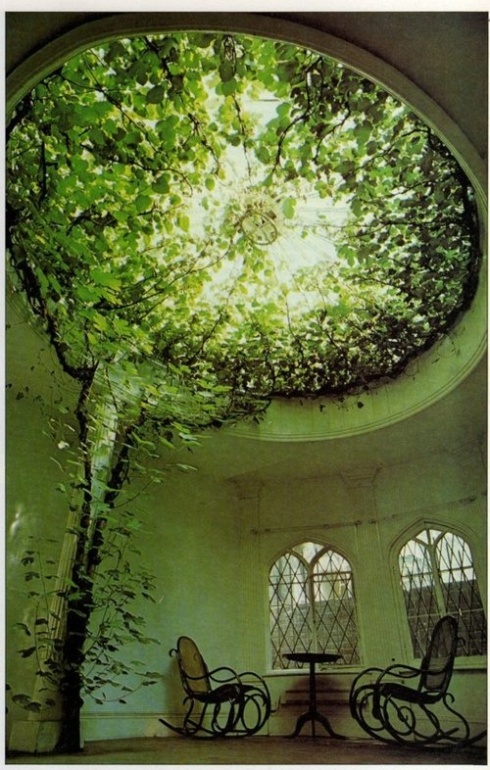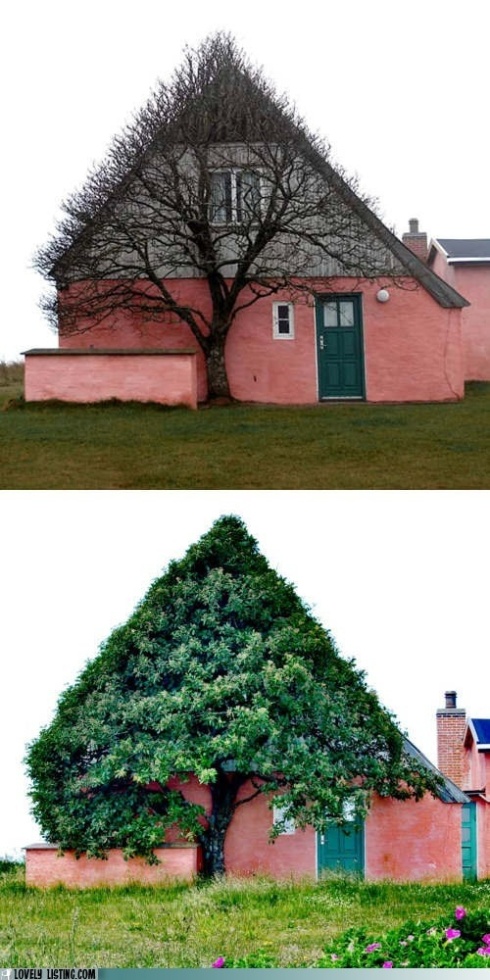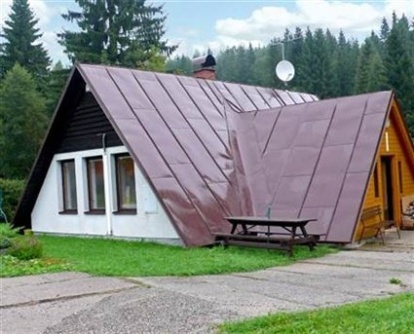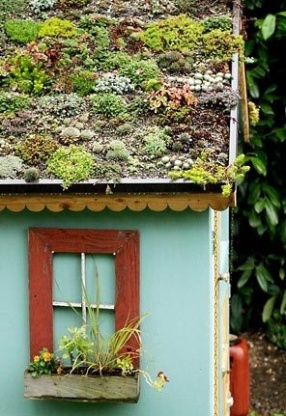It’s here, and we certainly can’t avoid it- the chill. Chances are if it’s starting to cut through your jeans, it’s capable of seeping through your windows.
Windows can be your best friend or worst enemy during the cold dark months of winter. On the one hand, they allow light and warmth from the sun into your home and are your portals to the outside world. On the other hand, they can allow heat to escape, driving up energy costs, and costing hundreds of dollars per year.
It is estimated that as a whole, homeowners in the United States waste $25 billion in heating air that eventually leaks through improperly insulated windows.
Proper preparation can save you a significant amount of money in heating costs and keep you warmer this winter.
Sunlight can be a natural source of heat, even in the winter. Some glass has a thin coat on one side which allows the sun to penetrate from one direction but is tinted in such a way that the thermal energy remains inside. This type of tinting is generally found in double-glazed glass – windows with more than one layer of glass – because it is delicate.

Even without special tinting, it is important to keep your windows clean to maximize the amount of sunlight penetrating your home.
The type of frame you use is significant, too. Frames made out of aluminum are susceptible to expanding in the hot weather, causing leakage. Vinyl frames are low cost and mold well to any shape, but are liable to warp or twist. Wooden frames are more reliable and aren’t as affected by temperature extremes, but may crack or warp from moisture. Fiberglass frames are fairly new, and don’t shrink or warp. Wooden frames are generally considered more attractive.
Regardless of what kind of materials are used, the actual condition of the windows is a key factor in minimizing heat loss. Look at the frames of your windows. Different kinds of window frames are susceptible to a varying amount of leakage. The quality of the frame is also a concern. In order to minimize heat lost through a leaky frame, you may want to use caulk to close any holes, or add weather stripping around the areas where leakage is more likely.
The best way to reduce energy wasted through old windows is to replace them with new energy efficient windows.
The quality of newer windows far exceeds even the finest quality windows that are 20 years old or more. This is an investment that pays for itself in comfort and savings on heat and electric bills in both winter and summer months.

Tips for DIY:
- Before applying caulk, remove old caulk and paint residue from the window with a brush, putty knife, or fluid designed to dissolve the residue.
- Apply the caulk to all joints of the frame, including where the frame meets the wall. Caulk should be applied during dry, warm weather to set properly.
- Weather stripping seals the movable part of the window where it comes in contact with the frame or fixed part of the window. It is generally made of rubber, felt, vinyl, foam, or metal.
- Storm windows will also help keep energy costs down by providing an extra layer of protection from the wind and helping to contain condensation. They can reduce heat loss by 25 to 50 percent.
 Have you considered your decorating?
Have you considered your decorating?
Another way to retain heat comes from your choice of window treatments. No matter what you use to cover your windows, keeping the covering open during the day will allow the sun’s rays to contribute to the heating of your house, and closing them at night will keep some of the heat in. Treatments that let heat into the house include drapes, roller shades, Venetian or vertical blinds. Be aware of any external shading devices that may block sunlight, such as awnings, roof overhangs, or shutters.
Just a small bit of knowledge and preparation can save you a couple of bucks in heating over the winter, and over time, it can add to quite a penny.
–Highlighted excepts from “How to Prepare Your Windows for Winter” By Dave Hoffman.



























